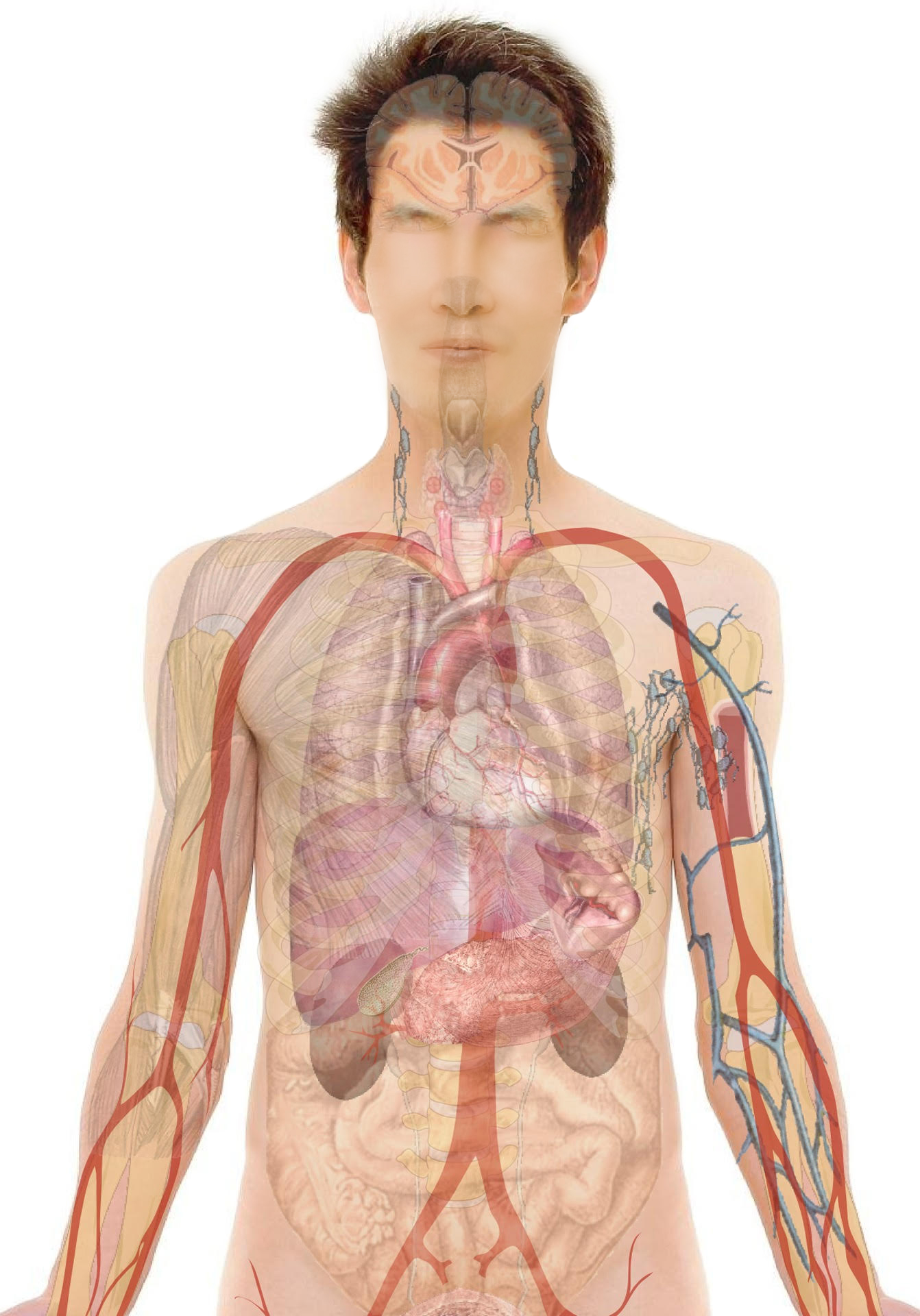Definition and Causes:
DEFINITION:
Osteoporosis is a progressive skeletal disorder characterized by low bone mass(bone density), deterioration of bone tissue, and disruption of bone architecture leading to decreased bone strength, the abnormally porous bone that is compressible, (like a sponge) and with the increased risk of fractures.
Osteopenia is a condition of bone that is slightly less dense than normal bone but not to the degree of bone in osteoporosis.
In osteoporosis, bones break easily and could present in a form of minor crack to collapse (as in compression fractures of the vertebrae of the spine).
The spine, hips, ribs, and wrists are common areas of bone fractures from osteoporosis, although they can occur in almost any part of the skeleton.

CAUSES:
Primary Osteoporosis
- Accounts for 80-95% of cases
- Not associated with systemic disorders (related to postmenopausal state or age)
- Age-related – usually starts ≥50 years
- Postmenopausal women
- Men
Secondary Osteoporosis
- Accounts for <5% of cases
- Secondary to any systemic disease (chronic diseases, drug therapy, or lifestyle)
- Can start at any age
Common causes leading to osteoporosis are as follows:
- Lack of certain hormones, such as
- Estrogen in women
- Androgens in men
- Insufficient calcium intake
- Not enough calcium absorbed by the body
- Menopause (lower estrogen levels)
- Inadequate vitamin D intake
- Overuse of steroids
- Thyroid problems
- Lack of muscle use
- Bone cancers
- Certain genetic disorders
Symptoms:
- Usually asymptomatic until a fracture occurs
- Fractures of the hip, spine, and wrist are most common
- Fragility fractures: Fractures with little or no trauma, such as fall from sitting or standing height, off a low couch or sofa, or fall down 1-3 steps
- Chronic pain is common post-fracture healing, especially after vertebral fracture
Vertebral Fracture Symptoms
- Sudden onset of back pain
- Lying on one’s back makes the pain less intense
- Limited spinal mobility
- Loss of height over time
- Reduced rib-pelvis distance
- A stooped posture or kyphosis also called a “dowager’s hump”
- Standing or walking will usually make the pain worse
Investigations and Treatment:
Before the recommended imaging, physicians or a nurse will take a detailed history and do the physical examination including:
Identifying risk factors for low bone mineral density (BMD), future fractures, and falls:
- Prior fragility fractures after age 40
- Medication history
- Lifestyle factors such as smoking, high alcohol, and caffeine consumption, dietary calcium intake
- Physical activity
- Rheumatoid arthritis
- Accurate height and weight measurement
- Family history of osteoporotic fracture
Physical examination:
- Get-Up-and-Go test
- Inability to rise from a chair without using the arms and walk a few steps and return
- Measure weight
- Weight loss of >10% since age 25 years is significant
Screening for vertebral fractures
- Measure height
- Measure height annually (prospective loss >2 cm)
- Historical height loss >6 cm
- Measure rib to pelvis distance
- ≤2 fingers’ breadth in vertebral fractures
- Measure occiput-to-wall distance and kyphosis
- Measure the distance between the wall and the patient’s occiput as the individual stands straight with heels and back against the wall. Vertebral fractures should be suspected if the distance between the wall and the occiput >5 cm
INVESTIGATION:
Imaging:
a) Dual-energy X-ray absorptiometry scan (DXA):
Recommended for diagnosing osteoporosis, in patients who are suspected to have osteoporosis.
DXA measures bone density. The test takes only 5-15 minutes; it exposes patients to very minimal radiation as compared to a chest x-ray and is very accurate and precise.
The bone density of the patient is compared to the average peak bone density of young adults of the same sex and race, and is expressed as T-score in terms of the number of standard deviation (SD), below the peak.
- Osteoporosis is defined as a bone density T scores of -2.5 or below
- Osteopenia (between normal and osteoporosis) is defined as a bone density T score between -1 and -2.5
b) Quantitative computerized tomography (qCT):
Used to determine the bone mass density
c) Quantitative ultrasound (QUS):
Radiation-free technique used to examine bone in the calcaneus (heel), tibia, patella, and other peripheral skeletal sites.

TREATMENT:
Is to prevent bone fractures by reducing bone loss or preferably by increasing bone density and strength.
It is difficult to completely cure the disease and rebuild bones, but early detection and treatment decrease the risk of future fractures due to the disease.
Treatment involves:
- Non-medical strategies
- Use of medication
- Surgical interventions
Non-medical strategies include:
– Appropriate dietary intake
- Maintaining adequate protein intake
- Avoid excess alcohol and caffeine consumption
- Low salt intake
- Calcium
- The total daily intake of elemental calcium (through diet and supplements) for individuals age 50 years and over should be 1200 mg with an upper tolerable level of 2500 mg per day
- Vitamin D supplementation
- Associated with an increase in bone mineral density and may reduce the fractures, particularly when combined with adequate calcium intake
- Healthy adults at low risk of vitamin D deficiency:
- Require 400-1000 IU (10-25 μg) vitamin D3 daily
- Adults over age 50 years at moderate risk of vitamin D deficiency:
- Require 800-1000 IU (20-25 μg) vitamin D3
- To achieve optimal vitamin D status, more than 1000 IU (25 μg) may be required
- Daily doses up to 2000 IU (50μg) are safe and do not necessitate monitoring
– Exercise and fall prevention
- Improve the quality of life for those with osteoporosis
- Exercise should be introduced gradually to avoid injury and excessive muscle soreness. Start with shorter durations and/or lower intensities, and work up to the targets above
- Thoracic kyphosis may be reduced by a program that includes muscle strengthening, range of motion, and postural alignment exercises
Individuals with osteoporosis or at risk for osteoporosis:
- Exercises involving resistance training appropriate for the individual’s age and functional capacity and/or weight-bearing aerobic exercises are recommended
Individuals who have had vertebral fractures:
- Exercises to enhance core stability and thus to compensate for weakness or postural abnormalities are recommended
Individuals at risk of falls:
- Exercises that focus on balance, such as tai chi, or on balance and gait training should be considered
– Home safety assessment: effective only for those
- With severe visual impairment
- At high risk for falls
– Hip protectors
- May be considered for older adults residing in long-term care facilities who are at high risk for fracture
Medications:

Medications which may increase bone formation:

Risk Factors and Prevention:
- Female are more affected as compared to males
- Caucasian and Asians
- Small and thin body frame
- Family history of osteoporosis
- Personal history of fractures as an adult
- Inactive lifestyle
- Postmenopausal females
- Age-more common in individuals over 45 years
- Diet-low intake of calcium and vitamin D
- Cigarette smoking
- Excessive alcohol consumption
- Hyperthyroidism
- Hyperparathyroidism
- Long term use of glucocorticoids
- Rheumatoid arthritis
To reduce the risk of osteoporosis patients should:
- Lifestyle changes by quitting cigarettes and decreasing alcohol consumption
- Maintain a healthy weight
- Exercise regularly (but caution required in case of already weakened bone)
- Ensure diet contains necessary vitamin D and calcium
Outcome:
- Osteoporosis is incurable but early detection and treatment with lifestyle changes minimize the impact of the disease on everyday life and risk of future fractures and improves the quality of life
- Chronic cases will require lifelong treatment








